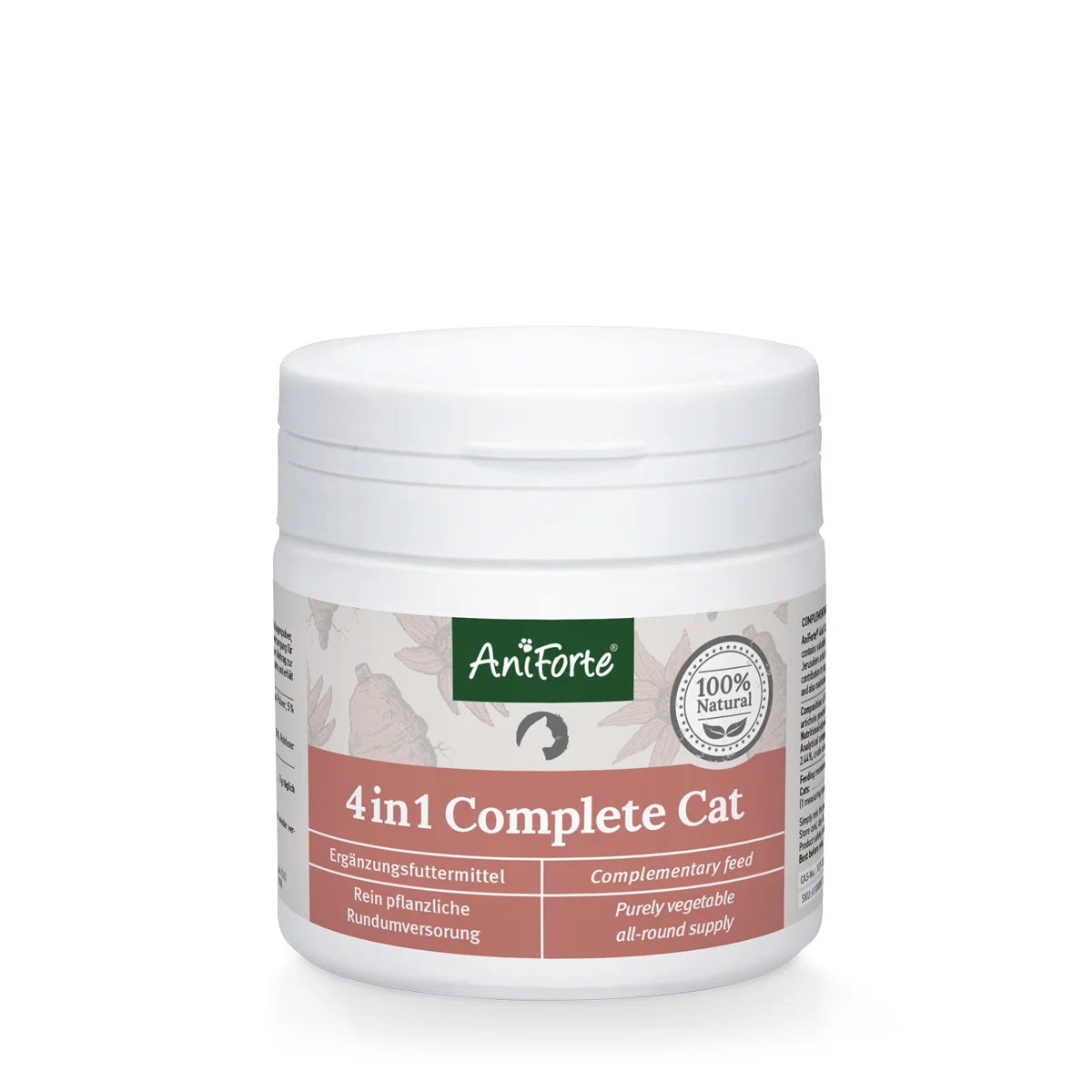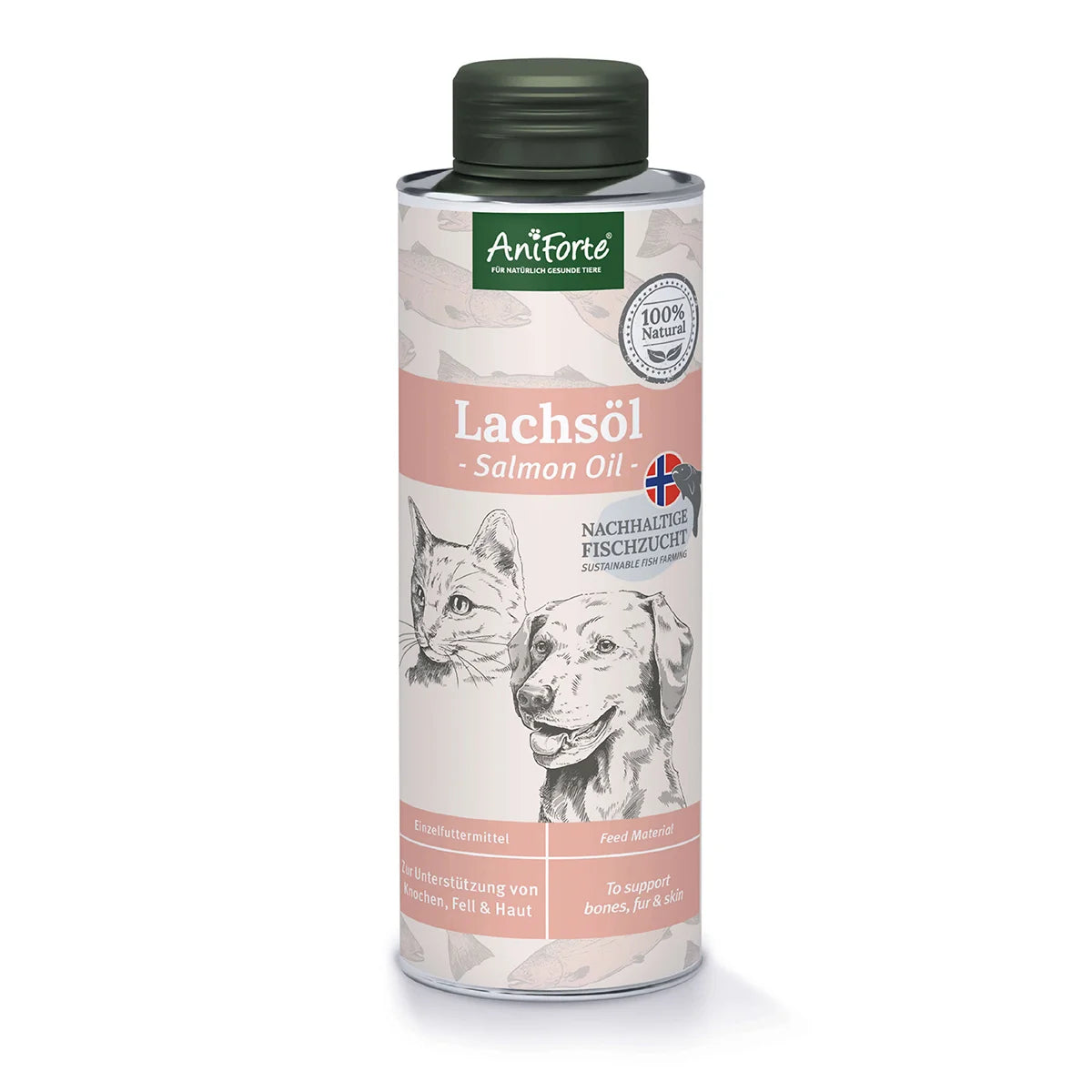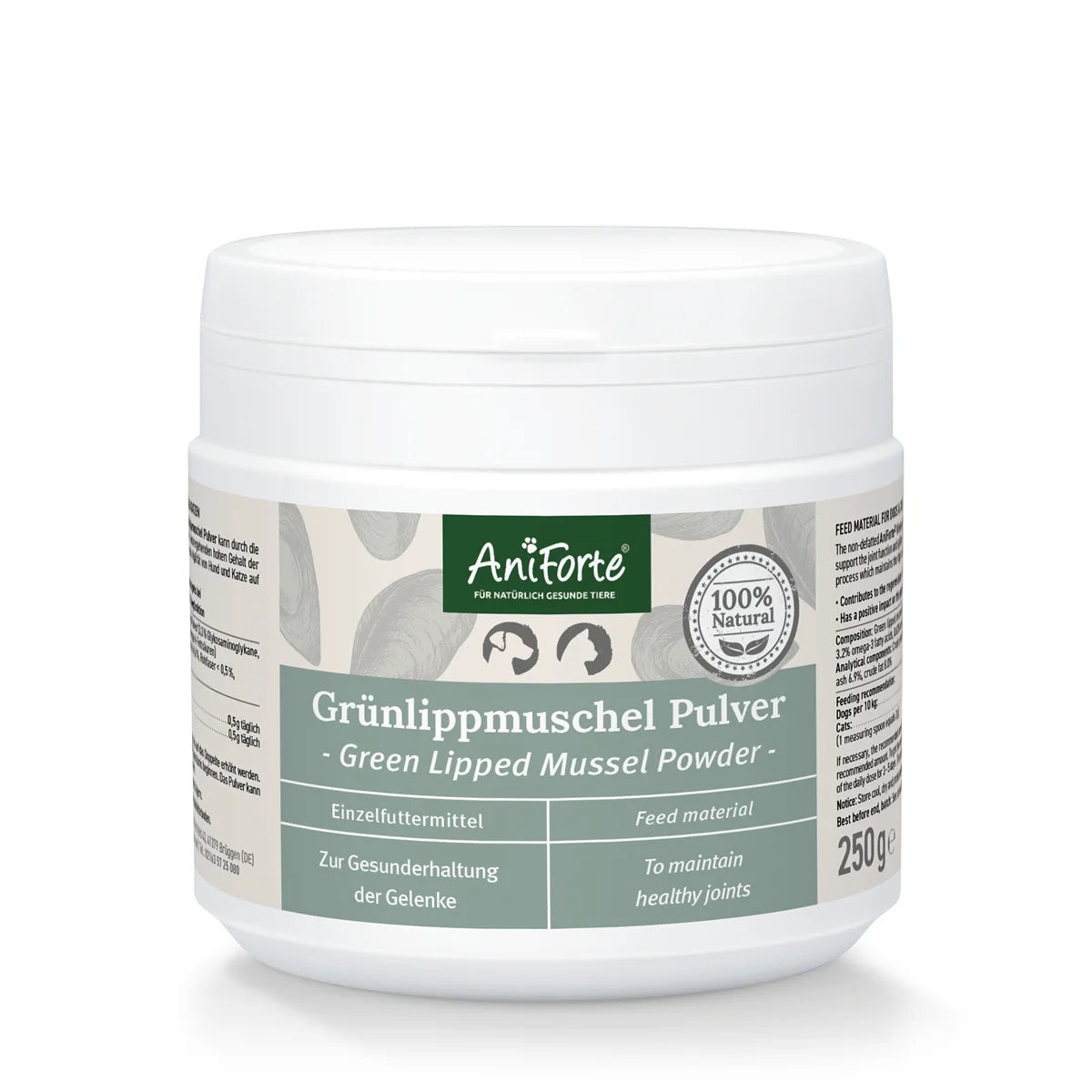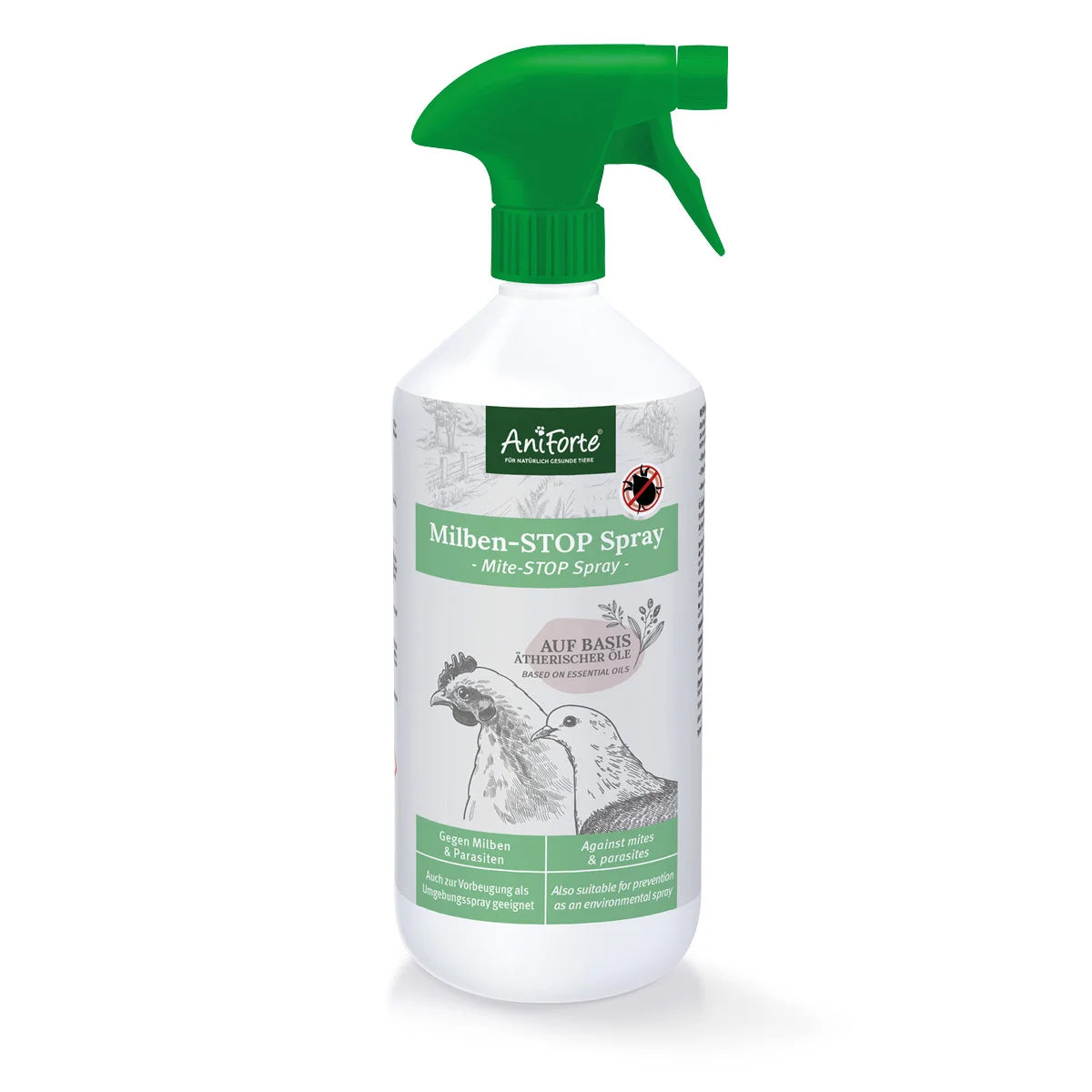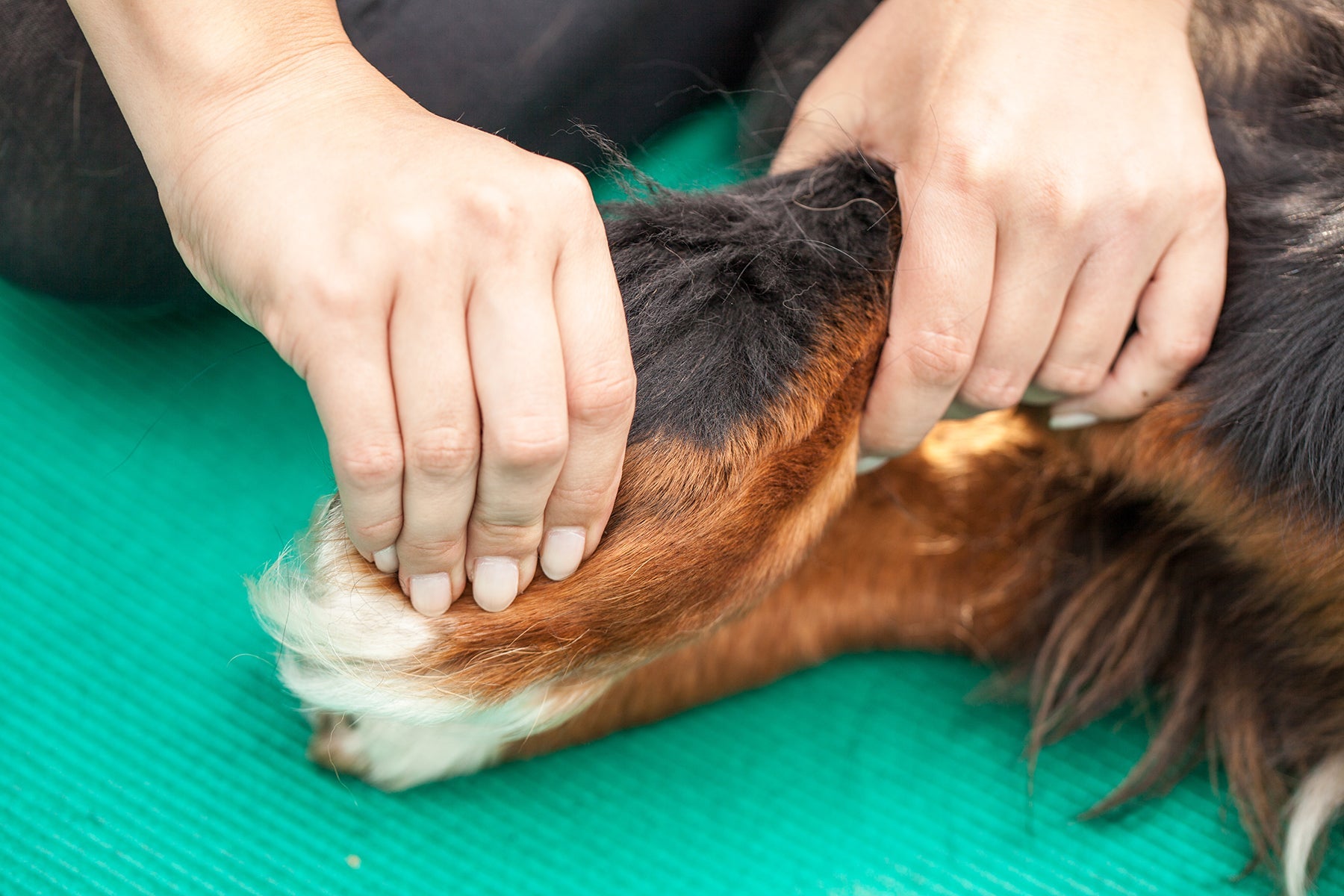
From spring until well into autumn, depending on the region, it’s tick season. We recommend that you start thinking about the right tick collar for your dog at the end of winter, because the effects, ingredients and side effects vary greatly in tick collars. Today we will show you which tick collars are available and explain how the individual collars work.
How do tick collars work?
The effects of tick collars for dogs vary. While natural collars such as the EM ceramic collar or amber chains are supposed to keep ticks from infecting and biting through resonance vibrations and metabolic changes, chemical tick collars work through toxic ingredients - in most cases they are insecticides. The manufacturers refer to four complementary and interlocking degrees of effectiveness of how the tick collar should protect dogs and other animals:
Repellent effect
The repellent effect has a deterrent effect on ticks and many other insects such as mosquitoes and fleas. The active ingredients in the collar prevent the parasites from settling on the dog and biting. There are also many natural products with a repellent effect such as our EctoProtex Spot On (also available for cats).
Hot foot effect
The hot foot effect is the next level of effectiveness of dog tick collars to ward off parasites. If the pest comes into contact with the ingredients, they cause coordination disorders, paralysis and confusion in the parasites, so that they fall off the host animal.
Anti-feeding effect
If a tick does make it onto the animal, the active ingredient is intended to prevent the parasite from stinging or biting. The dog's skin fat is permeated with the active ingredient of the collar, so that ticks, fleas and other pareasites are prevented from stinging or biting.
Knock-down effect
The final stage causes the insects to die, also known as the knock-down effect. The pests die as a result of the poison in the collar.
Two well-known chemical-based dog tick collars are Scalibor and Seresto. Many dog owners believe in these products and use them regularly. But which ingredients are in these tick collars for dogs and do they have side effects?
Scalibor Protector Collar for dogs
The active ingredient in this collar against ticks is deltamethrine, an insecticide that acts like a strong neurotoxine on the parasites. It is also found in pesticides. The effect unfolds after one to two weeks of wearing. The active ingredient is absorbed by the skin fat and spreads over the entire dog's body.
The tick collar must not be used for puppies up to 7 months of age, and we do not recommend it for pregnant or lactating dogs. In addition, caution is advised when keeping cats as this collar is poisonous to cats and they may suffer long-term damage. You should also make sure that neither dog nor cat accidentally swallow this collar. It can lead to coordination disorders, drooling and tremors.
The Scalibor Protector Collar is water-repellent so that the dog could swim with it, but it is also harmful to aquatic organisms. The manufacturer recommends not to let the animals into the water with this collar.
Due to the insecticidal active ingredients, the Scalibor tick collar for dogs repels a large number of parasites, such as ticks, sand or butterfly mosquitoes (especially important when traveling to the Mediterranean) as well as the common mosquito and fleas. However, 100% protection is not guaranteed. The duration of effectiveness of the collar is about six months.
Seresto Tick Collar for dogs
In contrast to the Scalibor collar, the Seresto collar has the double effect of two active ingredients - imidacloprid and flumethrin. Imidacloprid is the most widely used insecticide in the world and is poisonous at both contact and ingestion. It is assumed that this insecticide has mildly deforming and genetically manipulating effects. Flumethrin, on the other hand, is an anti-parasitic drug. It acts on the sodium channels of the nerve cells of ticks, fleas and other pests and, through overexcitation, ultimately leads to the parasites’ death.
These active ingredients in the Seresto tick collar for dogs are distributed over the entire body via the skin fat, as they are continuously released into the dog’s skin fat. This product is odourless and water-resistant. However, swimming in ponds, lakes or rivers should also be prevented with this collar, because it can be fatal to the animals living in the water.
The duration of effectiveness of the Seresto tick collar is about 8 months. However, despite the chemical effect, 100% protection cannot be achieved.
What are the side effects of chemical tick collars for dogs?
Conventional tick collars for dogs are based on insecticides, i.e. neurotoxins that work on the four-stage principle of action. They have a pronounced acaricidal effect and are supposed to kill ticks before they bite. The ingredients migrate into the dog's skin layer and spread all over his body for full protection. However, these neurotoxins can also be harmful to dogs and are poisonous and even life-threatening for smaller animals such as rodents and cats.
Chemical tick collar dog - side effects that may occur:
- Itching
- Dandruff on the skin
- Brittle fur
- Inflammatory reactions
- Skin irritation
- Behavior changes
- Confusion
- Neurological disorders
- Epileptic seizures
Every dog owner needs to make make their own decision for or against tick collars with insecticides. Many people criticise the use of insecticides and pesticides on crops in fields or meadows, but it is precisely these poisons that are used in pets to ward off parasites.
Alternatives to chemical tick collars
Due to the possible side effects of conventional chemical tick collars for dogs, many owners are looking for gentler alternatives for their four-legged friends. Here are some suggestions that work on a natural basis and protect your dog from ticks:
EM ceramic collar - the new trend
These anti-tick dog collars have been gaining popularity lately. EM stands for Effective Microorganisms, which include yeasts, lactic acid bacteria and phothosynthesis bacteria. These living microorganisms are located in ceramic stones and trigger resonance vibrations and a higher metabolic activity in dogs, creating a hostile environment for parasites.
The EM ceramic collar for dogs will wear off after about four weeks. But it doesn't have to be thrown away; wash it and let it dry in the sun, then the collar is ready for use again.
Ceramic collars are controversial among dog owners, some people swear by them and others think it's humbug. The experiences with this natural tick protection are also varying: while some dog owners observe a strong effect, in other dogs no deterrent against ticks is observed at all.
The collar has no side effects, but dog owners report that hair loss is significantly reduced and mite infestation is also reduced. In combination with other natural remedies, this can be a good alternative.
Amber necklaces as protection against ticks
Amber necklaces are also widely used as dog tick collars, and there also are supporters and critics. The protection against ticks should take place as follows: due to the special chemical composition of the amber, friction with the dog's fur should occur and trigger a small electrical charge. This charge extends to the parasites so that they are thrown off the animal by the electric shock. Of course, the dog does not feel this electrical charge, but it is very uncomfortable for the parasites. In addition, amber contains essential oils that are said to have a repelling effect on the parasites.
Tick collar dog with margosa extract
Margosa extract is one of the natural herbal alternatives for anti-parasitic drugs and is obtained from the flowers, seeds and leaves of the neem tree. It is also officially approved as a repellent against ticks and other parasites. Many dog owners, and we at AniForte® too, are convinced that purely natural ingredients such as margosa extract are also an effective deterrent against ticks and other parasites. This natural raw material forms the basis of our anti-tick product AniForte® Ectoprotex for dogs. It is supplemented with coconut oil, geranium oil and black cumin oil, among other natural ingredients. These vegetable oils have an additional supportive effect against parasites and contribute to healthy skin and a shiny coat. Tick collars with margosa extract are also widespread and do not cause any known side effects.
Coconut oil against ticks
Coconut oil for dogs is a well-tried remedy for ticks. Numerous scientific studies have examined the effects of coconut oil on parasites. The lauric acid it contains has a repellent effect on arachnids, so that ticks, fleas and other insects are reluctant to perch on dogs that smell it. You can feed the coconut oil to your dog, rub it in before going for a walk, or use a tick collar based on lauric acid. The scent also spreads over the skin fat of the pet and creates a natural protection.
Conclusion
In order to buy the right tick collar for dogs and other animals, you should weigh the demands you place on the tick protection. While chemical tick collars with insecticides have a very long-term effect on dogs, natural agents are not as effective for quite as long. Some have to be applied to your dog directly before the walk. It should also be noted that there is no 100% protection against the annoying pests, neither by chemical nor natural means.

